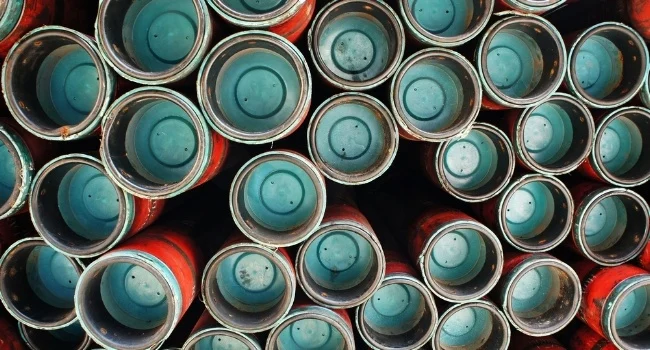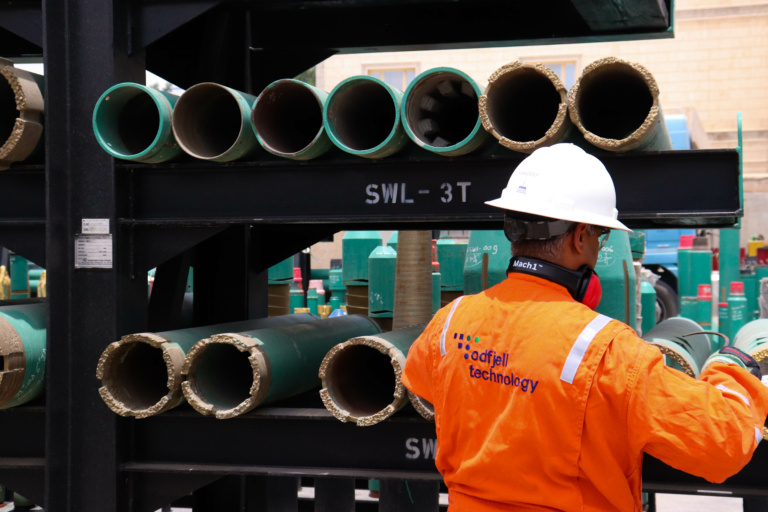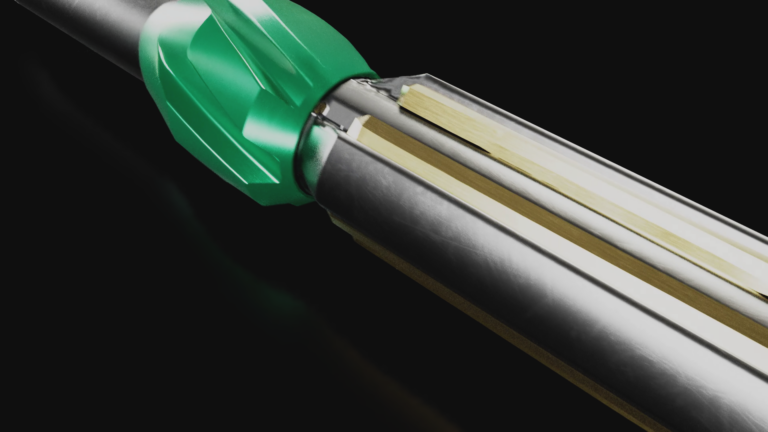Protecting your tubular equipment is still important
The experienced oil worker will find this rather obvious, but it is never an option to cut corners when it’s talk about protecting the casing tubular. Still, we see that routines are not followed or someone takes too many personal liberties. A quick brush-up of dos and don’ts, including a time-saving tip, will not harm anyone.
Familiar situation
You stand on the drill floor running casing in the hole and suddenly your graphs are bad. You try to make up, but your threads are damaged. Then you break out, take the pipe away, check the threads in the box for damage, perhaps change the box, before running a new joint. Even though it is quite time-consuming, changing the box is cheaper than changing the whole joint. Part of everyday life on the drill floor, yes, but the added time these interruptions causes is expensive and can easily be reduced to a minimum.
> Read also: Correct interpretation of tubing/casing make up graphs
Thread compound
Running compound will dry out faster and won’t provide the protection against corrosion preservation compound can offer. So there is no way around the time-consuming process of removing preservation compound and applying running compound before a joint is ready to run in hole. Unless you opt for the pre-doped tubular. Then this process is taken care of at the yard, and the tubular arrives at the rig with running compound on the threads, ready to run in hole.
Thread protectors
Thread protectors prevent damage and deterioration to your pipe during storage, handling and transport, both in the yard, during transportation and on site. Make sure you have the right protector with the right specs providing the necessary functions and optimal protection. It has to withstand the local environment where your pipe is stored, and it must be tight at all times. Your supplier should be able to meet you on these criteria:
- Use clean protectors. When thread compound is changed, protectors need washing and drying.
- Check the tightness of the protectors
- If damaged protectors are spotted, replace them immediately and inspect the threads.
- Use protectors that matches the size and type of your connection.
- Always use approved lifting equipment.
- Re-use the protectors when possible.
Inspection on the rig
After a long transportation, with a lot of lifting and moving from many involved parties, a final inspection is required on site. It is needless to point out the consequences of running a damaged joint in the hole, so an inspection process has to be carried out either on pipe deck or, in rare cases, on the drill floor.
The time-consuming process is a responsibility of the rig manager but is often carried out by the casing or deck crew. As an alternative, dedicated personnel from an inspection company or the pipe supplier might be hired.
> Read also: How to improve casing running efficiency?
Premium pipe
When you use premium pipe, you have the highest quality pipe at your disposal and you can expect close to zero deterioration or damage. You can be confident that the pipe has been stored correctly and inspected regularly, and with the pre-doped option, it is ready for use.
We keep a close eye on everything we run in the hole and the reasons are obvious. The harsh environment and strong physical forces deep down put our tubular equipment on the toughest tests year in and year out.
Compared to a leakage, with the following process of changing an entire casing section, the effort we make to protect the tubular are microscopic.
Topics: Casing Running
By: Petter Søyland
Petter is worksop manager at Odfjell well Services.



